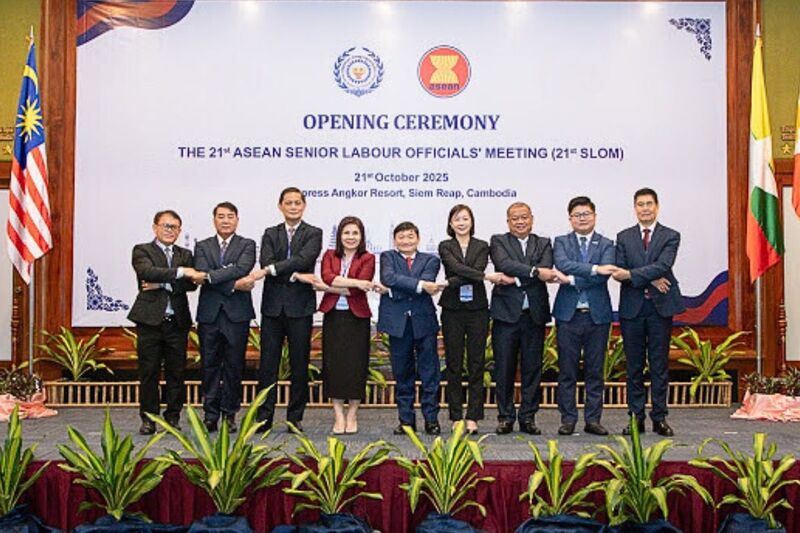What We Can Learn from Japanese Work Philosophies: Kaizen

Image Source: Mitsubishi Heavy Industries
Written by Clare Chong
There are many Japanese philosophies that could be applied to our lives to help us become more successful and effective. One of such philosophies is the popular Kaizen philosophy, which could help us in both personal and professional development.
What is the Kaizen philosophy about?
Developed in the 1980s by management consultant Masaki Imai as an evolution of the Toyota style, Kaizen seeks to achieve continuous improvement through small successes along the way.
According to this theme of “continuous improvement” (Kaizen), each worker is devoted to his/her work, co-workers, customers and the organisation. The individual is mindful of work excellence and is ready to resolve problems in the most efficient and effective manner. Such an attitude contributes to the continuous improvement of the organisation and the welfare of others. The Kaizen Institute highlights 6 guiding principles derived from the Kaizen philosophy:
- Aim to make a small first step towards a solution instead of attempting to solve big issues all at once.
- Start with a simple challenge first before moving on to the next. Maintain a positive attitude throughout the process and try to steer clear of the fear of not being able to succeed.
- Set achievable, small goals and work towards the next goal progressively.
- Break down big mistakes into smaller ones that can be resolved.
- Do more of what makes one happy in order to enjoy the working process.
- Learn to relax in order to stay open-minded to new solutions or engage in the constructive debate of ideas with other colleagues.
The goal of this philosophy is to empower workers by granting them full responsibility for ensuring work excellence. This would lead to better quality work outcomes and create more meaningful work for the employees.
How do I implement Kaizen in my workplace?
Firstly, start with incremental change. Small, incremental adjustments are often easier to execute than big sweeping changes and they could have strong cumulative outcomes for the organisation. Changes need to be gradual and small comfortable steps should be taken to move towards improvement of results. If you have to mentor a new employee at your workplace, you should not aim to impart everything you know within a one-day orientation. Instead, you should share nuggets of information one at a time.
Secondly, seek feedback from your co-workers over time. If you are a team lead, requesting periodic feedback from your co-workers would help steer you in the right direction over time. Feedback should always be part of your business improvement plan--learn to differentiate between constructive feedback and unhelpful ones without alienating the individual who provided it.
Thirdly, find ways to reduce waste. Reducing waste will afford you more resources to induce that one per cent improvement every single day. These items that count as waste should be eliminated: underutilised talents, unnecessary staff movement, defective products, extra inventory or processing, overproduction, extra transportation time as well as waiting time. There should be a continuous review to strive for the reduction of time-consuming or superfluous activities so that the company could prioritise growth and improvement.
Next, zoom in on enhancing work processes. Toyota’s executive Taiichi Ohno created the Toyota Productions System (TPS) with continuous improvement (Kaizen) as a key strategy. Kaizen is akin to creating a recipe with the smallest number of steps and ingredients to achieve the best work outcomes. Ask yourself this,” What can I do a minute a day to make my work process better?”
Lastly, collaborate with your colleagues to solve problems. Start with small questions with your team so that everyone can be involved in the brainstorming process to contribute different viewpoints and ideas. Bringing everyone together to brainstorm for problem-solving is encouraged instead of wasting time finger-pointing at one another. Some examples of questions to kickstart the discussion could be “ How can I improve the first step of this process to achieve a 5% better outcome?”, “How can I complete this task a minute faster?”, “How can I make the work 5 % more enjoyable?”
How do I apply Kaizen if I am still looking for a job?
Kaizen could work well even for job seekers. The following day by day, one step at a time schedule is proposed by an article in Forbes:
Day 1: Start putting together a résumé or revise the one you have now.
Day 2: Update your LinkedIn profile.
Day 3: Start networking on LinkedIn.
Day 4: Contact a recruiter. (Like us!)
Day 5: Try speaking with a few other recruiters to gauge the job market.
Day 6: Meet with the recruiters to discuss opportunities.
Day 7: Search for relevant jobs online.
Day 8: After finding some suitable positions, email your résumés in response to the job listings.
Day 9: Inform close friends and colleagues that you are looking for a new job and ask them if they have any leads.
Day 10: Purchase a new interview outfit.
Day 11: Search for networking events in your field to attend and network.
Day 12: Sign up for the events.
Day 13: Schedule and attend an informational interview.
Day 14: Go on a real interview for a real job.
The above two-week schedule is to encourage job seekers to try to find something to improve upon from the previous day by aiming to do 1 per cent better. The goal is to take things slow and steady and be focused on taking things one step at a time, instead of rushing headfirst into completing everything all at once which could be overwhelming.
Do you think you can apply the Japanese philosophy of Kaizen to other aspects of your life? How would you incorporate Kaizen’s core value of “continuous improvement” into your daily routines?






